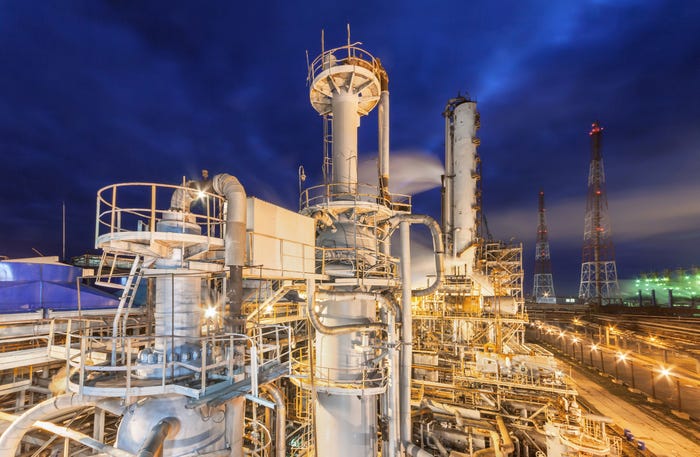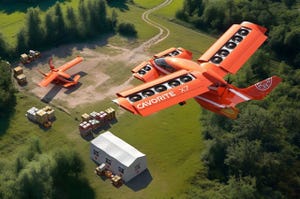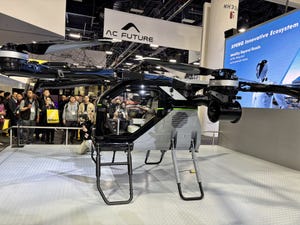Driverless Bullet Trains to Debut in Japan by 2029
The automated ultra-high-speed trains to reach speeds of 170 mph

Driverless bullet trains are on the way in Japan.
One of the country’s largest operators, the East Japan Railway Company (JR East), has confirmed plans to introduce automated functionality to the ultra-high-speed Shinkansen trains over the next decade.
And although autonomous capability will be integrated on an incremental basis, it is hoped that the first self-driving bullet trains may be in operation by fiscal year 2028.
The move is being driven by Japan’s ongoing concerns over its declining population, which is the world’s second oldest, and fears about future worker shortages.
The various stages of the evolution to full driverless autonomy were spelled out in a press release issued by JR East.
The first stage will see automated trains run on a near 37-mile stretch of line between Nagaoka Station and Niigata Station in the west of the country, to the north of Japan.
The plan is to have these in operation by March 2029 (when fiscal year 2028 ends). The trains would drive themselves, but a driver would be in the cockpit to take care of any emergencies.
The next step would be to run automated trains with no driver in the cockpit, but a crew on board, and this is being targeted for the Joetsu Shinkansen line – between Tokyo and Niigata – for the mid 2030s.
Prior to this, in fiscal year 2029, fully autonomous trials will be conducted on a section of track that is out of service between Niigata station and a local rail yard.
Japan has nine different Shinkansen lines which operate in all parts of the country, and the fastest bullet trains are capable of reaching speeds of 200 mph.
While those used on the Joetsu route do not quite reach those heights, the top speed is still a formidable 170 mph.
A company statement said: “Through realising driverless driving and transforming railway management to an efficient and sustainable system, we will adapt to changes in the social environment such as declining population and reforms in ways of how workers work.”
JR East’s driverless ambitions may not be restricted to the Joetsu Shinkansen line either, with the company reported to be considering self-driving operations for the Hokuriku service between Tokyo and the city of Tsuruga, and the Tohoku line which links the capital with Aomori.
A different operator, the Central Japan Railway Company, is also planning to bring in autonomous bullet trains between Tokyo and Osaka.
Read more about:
AsiaAbout the Author
You May Also Like








